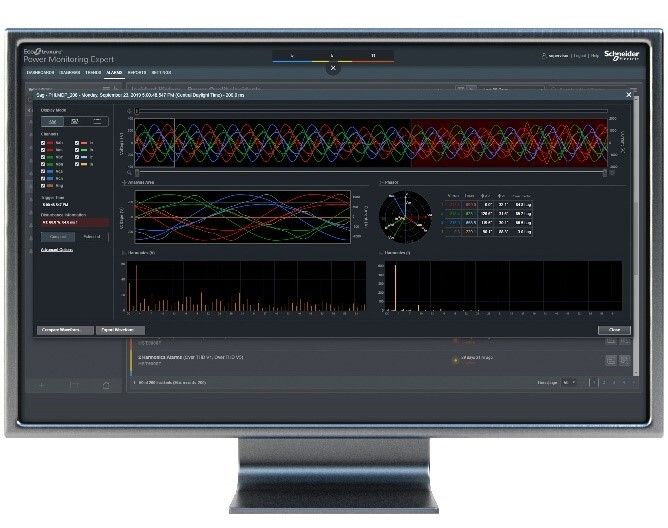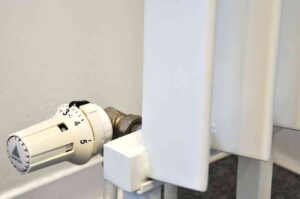Schneider Electric, a global leader in energy management and automation, has made an innovative update with the release of the new 2024 version of its EcoStruxure Power Monitoring Expert (PME) software. This update is designed to facilitate the management of complex or large-scale energy systems, providing a comprehensive view of critical energy networks and applications.
One of the key features of the new edition of PME is the integration of the OPC UA protocol, which allows for real-time data exchange with other systems, ensuring smooth and up-to-date communication. The inclusion of Power Event Analysis now enables monitoring and diagnostics with third-party PQ devices, significantly expanding its capabilities. Furthermore, the new version introduces single sign-on (SSO) via SAMLv2, simplifying centralized and secure access for users.
This software is an essential part of EcoStruxure Power, a component of Schneider Electric’s EcoStruxure architecture, which is presented as an open and interoperable solution for clients in various sectors, such as buildings, grids, industry, and data centers. The company emphasizes that this update increases options for perimeter control, maintaining its importance as an essential platform within an integrated energy distribution network.
Kevin Huang, Global Offer Manager for EcoStruxure Power Monitoring Expert, stated: “EcoStruxure Power Monitoring Expert is part of our offering for energy digitization. The current energy network, with its multiple alternative energy sources, poses a considerable challenge to those who must ensure continuous operation without interruptions. PME provides unique capabilities that facilitate operational maintenance, protecting both people and assets, and generating time and cost savings.”
Among the key innovations of this update, Schneider Electric has revealed several enhancements. One of them is real-time data exchange through OPC UA, which optimizes the integration of data in a secure and robust manner, enhancing the digital applications of EcoStruxure Power. Additionally, reports for emergency power supply system (EPSS) tests have been improved through integration with ASCO equipment, facilitating compliance with standards in the healthcare sector.
Extended analysis of electrical incidents is also a significant innovation, allowing for the processing of signals from third-party PQ devices for efficient analysis and the planning of mitigation measures. Moreover, reliability analysis with SAIDI and SAIFI indicators helps measure and understand the reliability of the energy service. Another notable improvement is TLS 1.3 encryption for data in transit, providing increased security in data transfer between platforms and devices.
The untapped potential for energy efficiency in the industry surpasses 50%, representing new opportunities to reduce costs and improve operational efficiency. With these innovations, Schneider Electric continues to lead the way towards a more robust and efficient connected energy network, providing solutions that support a more sustainable energy future.
via: MiMub in Spanish











